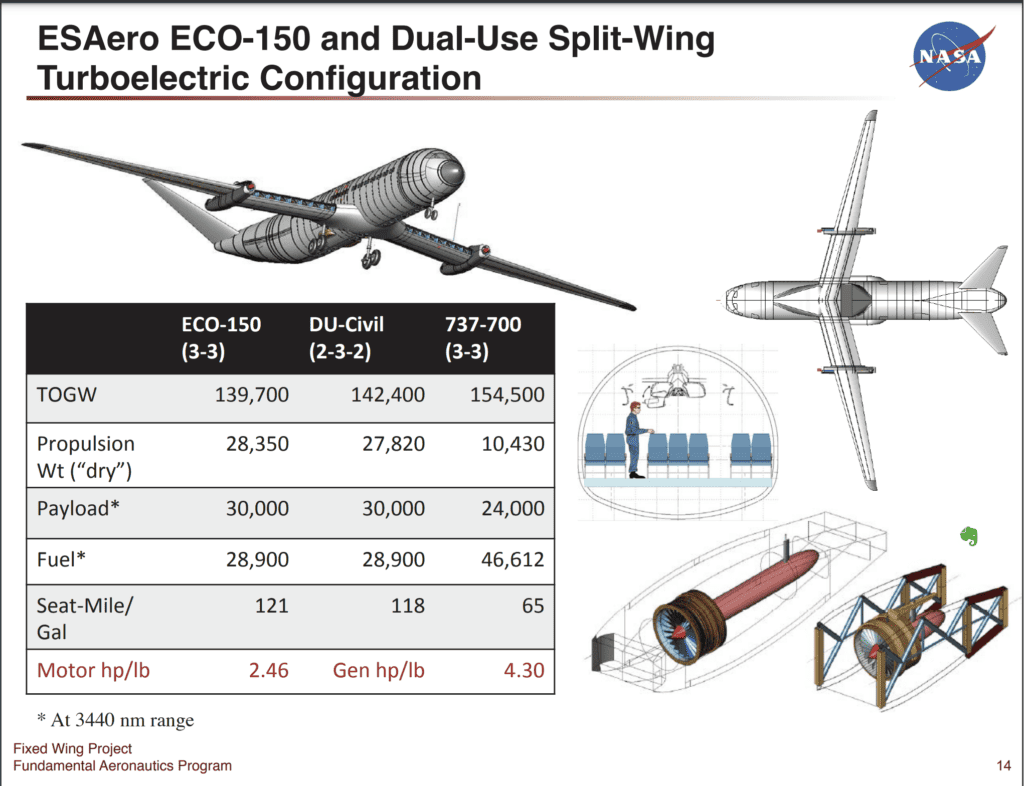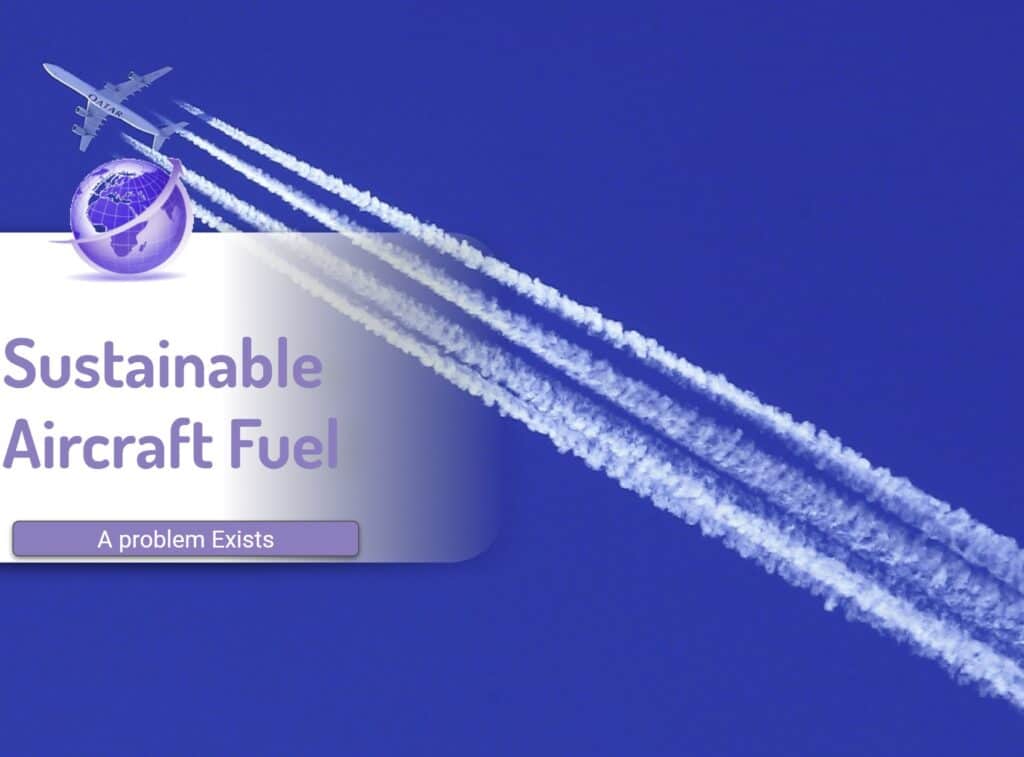CleanTechica in their recent article report electric planes from Wright are progressing. Wright is at the cutting edge of molten batteries along with high output electric motor technology. Their target is electric airplanes. With high-capacity 2MW motors, their immediate next target is 1,000 Wh/kg batteries.
What is the 1-hour Range?
Wright used the 100 seat BAE 146 for their test product and first commercial product as the aircraft is already fully certified. They also suggest the twin engine Dash 800 is a candidate. These have a 1 hour range. Flights under 300 miles consist of 30% of flights and Boeing and Airbus sold close to 1,000 of those regional airplanes for about $90 million each last year so it’s definitely a huge market. Electrec article here.
Wright’s ambitious goal is a battery-powered 186-seat plane, to compete with 737-size aircraft and longer range. NASA has been investing in this area of research. Wright are working on their own clean-sheet new aircraft, with 186 passengers and a range of 800 miles (1288 km).
Wright has an interesting map for 1-hour flights. EasyJet and others are very interested, as jetfuel is about 30% of the operating costs of aircraft. Larger motors and higher-density batteries extend their addressable market.

Battery-powered air travel is not currently commercially viable. The reason? Energy storage capacity of batteries has yet to compensate for their heavy weight. As energy density improves, many companies are assuming technical viability within 3 to 5 years. Demonstrable progress is the Airbus’’ E-Fan being the first electric plane to successfully fly across the English Channel.

Electric Planes from Wright Need Better Batteries
For economics, planes need much higher density than normal EV batteries. Lithium ion (NCM) currently cap out about 250 kW/kg. Other LiOn technologies may be as high as 600. New batteries from GMG (graphene Aluminum-ion) or Lithium sulphur will be candidates with 1,000 Wh/kg density.
Fuel is 30% of Aircraft Cost

Global Routes
By focusing on a proven 100-passenger aircraft and one-hour flights, the Wright Spirit addresses the world’s busiest passenger routes. This includes:






